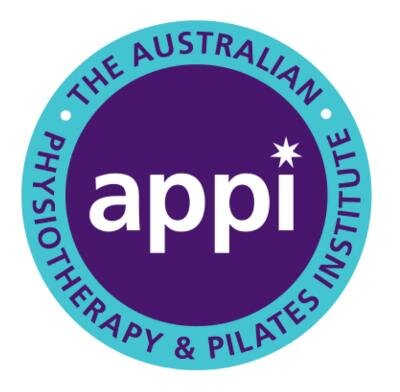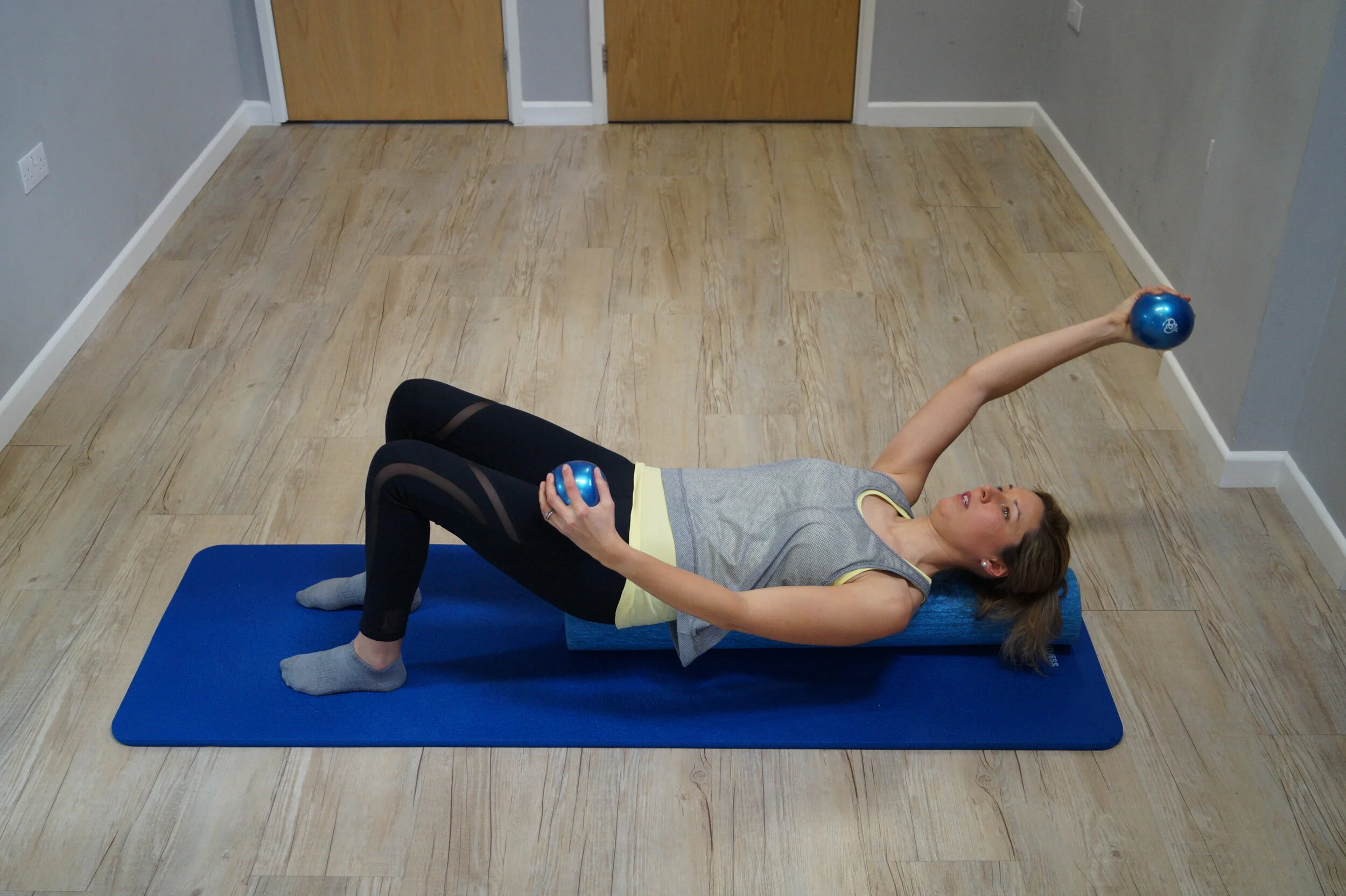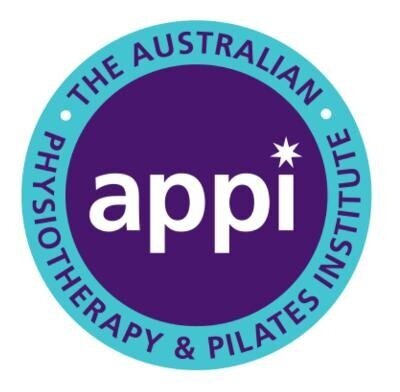Why APPI?
APPI stands for Australian Physiotherapy and Pilates Institute. There are a number of excellent teacher training bodies - Stott, Polestar, Balanced Body - and the APPI is now firmly established as a world leader in Pilates Training. As a qualified physio I chose the APPI.
The variety of Pilates classes available is fairly mind blowing and finding the right class or instructor for individual sessions can be daunting.
All Pilates is based on the exercise regime that Joseph Pilates developed in the mid 1900’s.
Classical Pilates looks to preserve what Joseph taught in its purest form – closely following the original movements that he devised. Many of the well respected training bodies fall into this category.
Contemporary Pilates has the advantage (in my view) of continually updating the original form of Pilates with advances in medical, anatomical and physiological knowledge.
Clinical Pilates could be considered a subset of Contemporary Pilates – and this is the form of Pilates taught and promoted by the APPI (Australian Physiotherapy and Pilates Institute). There is a strong focus on current research, particularly with regard to stabilisation muscles and their relationship with back pain.
From the APPI website:
APPI was established 20 years ago by two Australian Physiotherapists, Glenn and Elisa Withers, on the basis of an academic scholarship from the Australian Physiotherapy Association. This initial study in the ‘Clinical Relevance of Pilates Exercise for clients with Back and Pelvic Pain’ led to the development of the APPI Method that we teach today. Glenn and Elisa’s study found that the benefits of the Pilates exercises were not being optimised due to the high level of strength, control and body awareness initially being asked of clients. If the movements were modified, the length of the lever (arms or legs) reduced, the demands of the spine considered in more detail, and the findings of relevant research at the time around how muscles work before and after pain, were all applied to the movements, then a new form of Pilates-based exercise could be a lot more successful in the rehabilitation field.
This ground-breaking approach led to the development of the step-by-step program of APPI. Every Pilates exercise was analysed on its effectiveness for a client that had suffered an injury. Modifications were made, and a unique exercise-level approach developed to allow a client to be trained correctly from an injured state to a fully fit, functional and efficient state. This allowed Pilates to be used by health and fitness professionals alike to empower clients to be able to embrace Pilates from any fitness level. This step-by-step approach led to the APPI Pilates Method becoming one of the most popular forms of rehabilitation training in the healthcare sector.
Whilst many of my clients start Pilates to aid rehabilitation; injury prevention, sport specific performance and achieving balanced fitness are also key areas I work on.
Adaptation and modification of exercises to give maximum benefit to each individual is a key part of my ethos. One size really does not fit all - every human body is absolutely unique (isn’t that amazing?!) - and the challenge of helping people to find what specifically works for their body and makes them feel great is what I love about my job.
All classes and individual sessions are full of variation - utilising either small equipment or the reformer/cadillac/stability chair to support and challenge each person’s body to achieve their goals.



